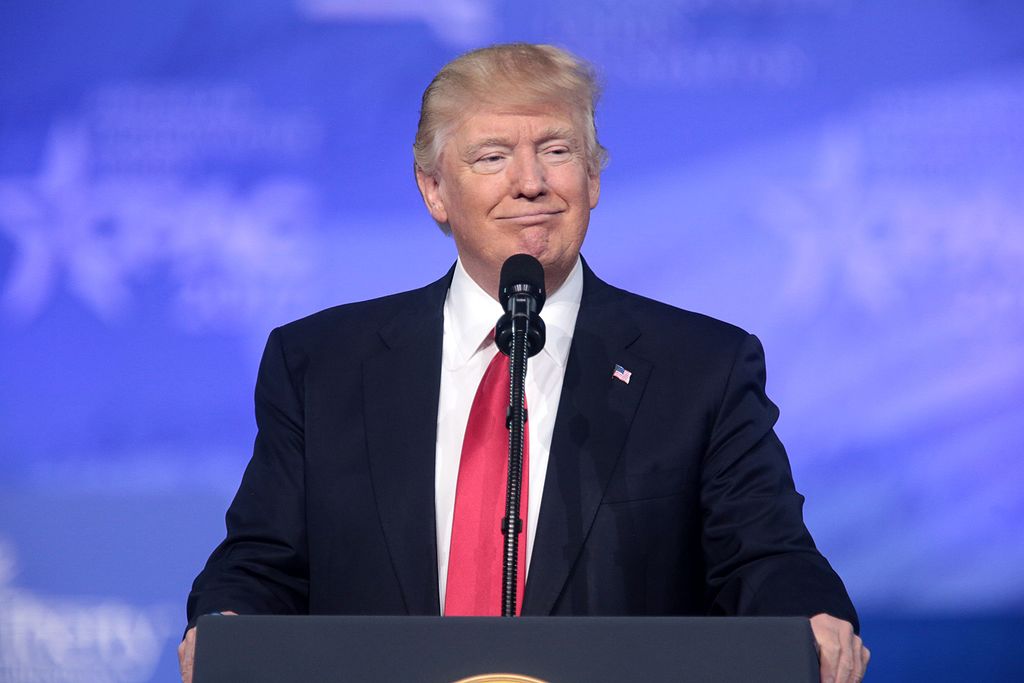As Donald Trump gears up for a potential return to the Oval Office in 2025, his proposed economic agenda has ignited both anticipation and heated debate. Promising a revival of American industry and an era of unprecedented economic growth, Trump’s blueprint includes tax cuts, deregulation, and renegotiated trade deals. However, critics question whether his policies will address underlying economic challenges or exacerbate existing inequalities.
Reviving American Industry with Tax Cuts and Deregulation
At the heart of Trump’s plan lies a commitment to revitalize U.S. manufacturing and domestic businesses. He proposes sweeping corporate tax cuts, aiming to incentivize companies to keep operations within American borders. During his first term, Trump’s Tax Cuts and Jobs Act spurred investment in certain sectors, and he aims to replicate that success on a broader scale.
Additionally, Trump plans to scale back regulations he claims hinder business growth. In industries such as energy, he promises policies favoring fossil fuels over renewable energy, with a focus on energy independence. While his supporters view deregulation as a boon for economic growth, environmental advocates warn of long-term consequences.
Analysts believe Trump’s policies could stimulate short-term economic gains but might risk increasing the national debt. Economist Sarah Levine said, “Cutting taxes and reducing regulations often boost growth initially, but the fiscal impact must be carefully managed to avoid ballooning deficits.”
Strengthening Trade and Reducing Global Dependencies
A cornerstone of Trump’s economic vision includes renegotiating international trade agreements to prioritize American interests. His previous tariffs on China were designed to protect U.S. industries, but critics argue they hurt consumers and strained relations with key trade partners.
For 2025, Trump envisions creating more favorable trade deals that encourage fair competition. He also plans to reduce reliance on foreign manufacturing by incentivizing domestic production. Supporters praise this strategy as a step toward restoring American self-sufficiency, while detractors warn it may isolate the U.S. from global markets.
However, Trump’s critics highlight the lack of details on addressing labor shortages and wage disparities. “Bringing manufacturing back is great, but how will he tackle the workforce challenges?” asked labor advocate Marcus Hall.
Public Divided Over Trump’s Economic Vision
The unveiling of Trump’s economic strategy has sparked widespread reactions across social media.
- @PatriotEcon2025: “Trump’s plan will make America the economic powerhouse it deserves to be. Let’s go!”
- @EconRealist99: “More tax cuts for the wealthy while working families struggle? This isn’t economic reform; it’s exploitation.”
- @MiddleClassMom: “If he brings jobs back to our town, I’m all in. America needs this.”
- @ClimateChangeNow: “Deregulation in energy? Trump’s plan sacrifices our planet for profit.”
- @TradeGuru77: “Trump’s trade policies hurt farmers last time. Let’s hope he learns from past mistakes.”
- @FutureReadyEcon: “Excited to see bold ideas, but details matter. Trump’s 2025 agenda needs clarity on execution.”
Will Trump’s Vision Deliver Prosperity?
While Trump’s supporters view his 2025 economic strategy as a game-changer, skeptics warn of potential pitfalls. Balancing short-term gains with sustainable growth will likely define the legacy of his economic agenda.



 Putin Signals Possible Peace or Continued War in Ukraine at Major Year-End Address
Putin Signals Possible Peace or Continued War in Ukraine at Major Year-End Address  U.S. House Advances GOP Healthcare Bill as ACA Subsidies Near Expiration
U.S. House Advances GOP Healthcare Bill as ACA Subsidies Near Expiration  Trump Administration Plans Major Increase in Denaturalization Cases for Naturalized U.S. Citizens
Trump Administration Plans Major Increase in Denaturalization Cases for Naturalized U.S. Citizens  Fernando Haddad Confirms He Will Not Run for Office in 2025, Signals Possible Exit as Brazil’s Finance Minister
Fernando Haddad Confirms He Will Not Run for Office in 2025, Signals Possible Exit as Brazil’s Finance Minister  Trump Expands U.S. Travel Ban to Antigua and Barbuda, Dominica, Sparking Economic Fears in the Caribbean
Trump Expands U.S. Travel Ban to Antigua and Barbuda, Dominica, Sparking Economic Fears in the Caribbean  Kennedy Center Reportedly Renamed Trump-Kennedy Center After Board Vote
Kennedy Center Reportedly Renamed Trump-Kennedy Center After Board Vote  U.S. Initiates $11.1 Billion Arms Sale to Taiwan Amid Rising China Tensions
U.S. Initiates $11.1 Billion Arms Sale to Taiwan Amid Rising China Tensions  EU Delays Mercosur Free Trade Agreement Signing Amid Ukraine War Funding Talks
EU Delays Mercosur Free Trade Agreement Signing Amid Ukraine War Funding Talks  Trump Administration Proposes Sweeping Limits on Gender-Affirming Care for Children
Trump Administration Proposes Sweeping Limits on Gender-Affirming Care for Children  Italy Supreme Court Upholds Salvini Acquittal in Migrant Kidnapping Case
Italy Supreme Court Upholds Salvini Acquittal in Migrant Kidnapping Case  Union-Aligned Investors Question Amazon, Walmart and Alphabet on Trump Immigration Policies
Union-Aligned Investors Question Amazon, Walmart and Alphabet on Trump Immigration Policies  Trump Signals Progress in Ukraine Peace Talks Ahead of U.S.–Russia Meeting
Trump Signals Progress in Ukraine Peace Talks Ahead of U.S.–Russia Meeting  Honduras Election Recount Delayed Amid Protests and Political Tensions
Honduras Election Recount Delayed Amid Protests and Political Tensions  Republicans Raise National Security Concerns Over Intel’s Testing of China-Linked Chipmaking Tools
Republicans Raise National Security Concerns Over Intel’s Testing of China-Linked Chipmaking Tools  U.S.-Russia Talks in Miami Raise Hopes for Potential Ukraine War Deal
U.S.-Russia Talks in Miami Raise Hopes for Potential Ukraine War Deal  Canada Signals Delay in US Tariff Deal as Talks Shift to USMCA Review
Canada Signals Delay in US Tariff Deal as Talks Shift to USMCA Review 































